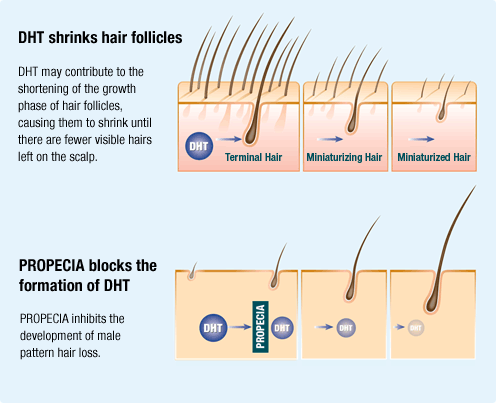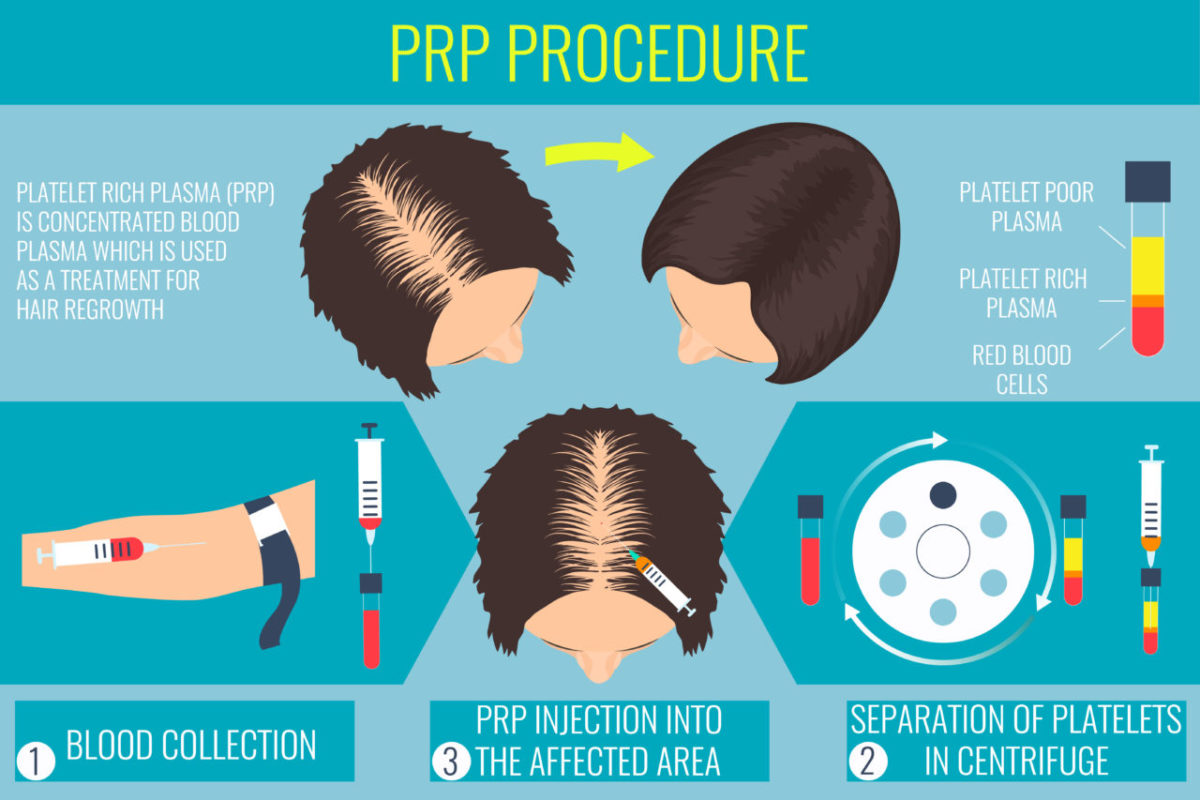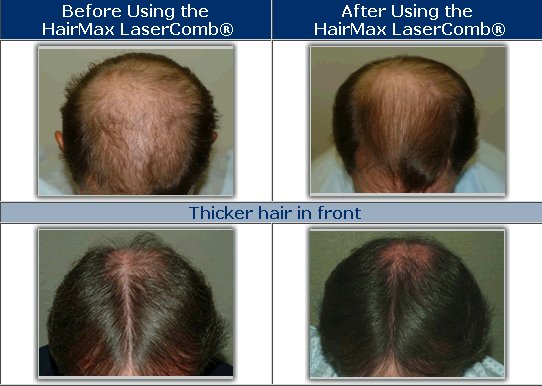Medical, Surgical and Cosmetic Treatments for Hair Loss
Hair transplantation may be the most effective long term hair loss solution but some individuals are not good candidates because of degree of hair loss, age or health reasons.
Before making a decision on the right treatment for your hair loss you should consult with a hair loss professional and have a proper diagnosis for your hair loss. You should also have realistic goals for success and final cosmetic results.
FDA Approved Medical Treatments
Propecia®
Propecia® (Finasteride)is the first oral prescription medication to stimulate hair growth on the top and crown area of the head. Originally marketed at a higher dosage to treat enlarged prostates; it has been available for the treatment of hair loss since 1998.The drug is an androgen hormone inhibitor, which lowers the production of dihdrotestosterone, also referred to as DHT. Researchers have found that DHT hormone levels play a key role in the development of male pattern baldness.
Propecia® is the only once-a-day pill developed to treat mild to moderate male pattern hair loss on the vertex (top of head) and anterior mid-scalp area (middle front of head) in MEN ONLY. There is not sufficient evidence that Propecia® works for receding hairlines at the temples.
Propecia® significantly reduces DHT, a key cause of hair loss, by inhibiting the formation of DHT in your scalp. Lowering DHT appears to inhibit the further shrinking of affected hair follicles. DHT is a substance in the body that can shrink the hair follicle until it no longer produces visible hair. Scientists believe DHT and family history are key factors in hair loss. Learn more about the causes of male pattern hair loss.
Propecia® was developed to treat mild to moderate male pattern hair loss on the vertex (top of head) and anterior mid-scalp area (middle front of head) in MEN ONLY. There is not sufficient evidence that Propecia® works for receding hairlines at the temples.

Propecia® is for the treatment of male pattern hair loss in MEN ONLY and should NOT be used by women or children.
Women who are or may potentially be pregnant must not use Propecia® and should not handle crushed or broken Propecia® tablets because the active ingredient may cause abnormalities of a male baby’s sex organs. If a woman who is pregnant comes into contact with the active ingredient in Propecia®, a doctor should be consulted. Propecia® tablets are coated and will prevent contact with the active ingredient during normal handling, provided that the tablets are not broken or crushed.
In clinical studies for Propecia®, a small number of men experienced certain sexual side effects, such as less desire for sex, difficulty in achieving an erection, or a decrease in the amount of semen. Each of these side effects occurred in less than 2% of men and went away in men who stopped taking Propecia® because of them.
You may need to take Propecia® daily for 3 months or more before you see a benefit from taking Propecia®. If Propecia® has not worked for you within 12 months, further treatment is unlikely to be of benefit.
Propecia® can only work over the long term if you continue taking it. If you stop taking Propecia®, you will likely lose any hair you have gained within 12 months of stopping treatment.
Although results will vary, generally you will not be able to grow back all the hair you have lost.
Know the facts. Propecia® is available by prescription only, so the best thing to do is talk with your doctor.
You are encouraged to report negative side effects of prescription drugs to the FDA. Visit www.fda.gov/medwatch, or call 1-800-FDA-1088.
Although some men notice a difference in as little as 3 months of starting treatment with Propecia®, most men have to use Propecia® for at least 6 months before seeing visible results.
Propecia® can work over the long term only if you continue taking it. If you stop taking Propecia®, you will likely lose any hair you have gained within 12 months of stopping treatment.
Rogaine®
Rogaine® is clinically proven to regrow hair in men & women with hereditary hair loss and help reverse its progression.
It contains the FDA-approved topical ingredient minoxidil, and, like Rogaine® Foam, it works to enlarge shrunken follicles (increasing their size). This allows for normal healthy hair to develop over time.
To get the most out of Rogaine®, it’s important to use it twice a day, every day.
PRP For Hair Loss
 Platelet-rich plasma (PRP) is a treatment used to accelerate healing in various areas of the body and may help stimulate hair growth.
Platelet-rich plasma (PRP) is a treatment used to accelerate healing in various areas of the body and may help stimulate hair growth.
Doctors typically use this treatment when hair loss results from androgenetic alopecia, a common condition that causes hair follicles to shrink. In males, this is called male pattern baldness.
Platelets are a component of blood, along with red and white blood cells. When a person sustains a cut or wound, the platelets are some of the body’s “first responders” that arrive to stop the bleeding and promote healing.
To produce PRP, we will take a blood sample from you and put it into a centrifuge. This machine spins at a rapid rate, which separates the components of the blood. We then extracts the platelets for injection.
PRP contains a range of growth factors and proteins that speed tissue repair. As some types of hair loss result from damage to hair follicles, researchers initially hypothesized that PRP could help regrow hair by reversing the process that occurs in androgenetic alopecia.
How is PRP done?
The following steps are an example of a common approach to PRP injections for hair loss:
- A technician draws blood from a vein in the arm.
- They place the blood sample in a centrifuge.
- The centrifuge spins the blood, separating its components.
- we then extract the platelets using a syringe.
- We inject the platelets into targeted areas of the scalp.
The entire process may take about 1 hour, and several sessions may be necessary. After receiving PRP treatment, a person can usually return to their regular activities without any limitations.
Experiencing Hair Loss?
Schedule a confidential hair loss consultation.
Laser Regrowth Therapy

HairMax LaserComb
The LaserComb consists of a hand-held low level laser device that promotes hair growth. The device provides distributed laser light to the scalp. When in use, the device emits a beep every four seconds to notify the user to move the device to a new section of the scalp.
Performance Data
A multicenter, randomized, placebo-controlled trial was conducted at four sites in the United States. Subjects received either the LaserComb or a sham device. Subjects were instructed to use the device three times per week on nonconcurring days for a total of 26 weeks. Subjects in the LaserComb treatment group had significantly greater increases in mean terminal hair density than subjects in the placebo group.
Subjects in the LaserComb group also had significantly better subjective assessments of overall hair regrowth than subjects in the placebo group. No subject experienced a serious adverse event and the adverse event profiles were similar between the two treatment groups. In all instances, the LaserComb functioned as intended and the hair regrowth observed was as expected.
Substantial Equivalences
The LaserComb is as safe and effective as a combination of those predicate devices. The LaserComb has the same intended use of affecting hair growth as its preamendments hair growth predicate devices and its laser hair removal predicates. In addition, the LaserComb has the same general indications, i.e., treating baldness, and the same specific indication of promoting hair growth as its preamendments predicate devices. The LaserComb also has many of the same or similar technological characteristics as a combination of its predicate devices, including its red laser wavelength, its split beam laser delivery system, its comb component, and its audible timer.
The technological differences between the LaserComb and its predicate devices, namely use of red laser to promote hair growth, do not raise new questions of safety or effectiveness for several reasons. First, the safety and effectiveness profile of that type of laser is well-established. Second, FDA’s clearance of a red laser with virtually the same wavelength (for a cosmetic-type indication) confirms the favorable risk benefit ratio of red lasers, even when they are used for cosmetic-like indications. Finally, the clinical data summarized in the 5 10(k) notice confirms the safety and effectiveness of the LaserComb for OTC use in promoting hair growth in its intended patient population, despite those technological characteristics. For those reasons, the LaserComb satisfies FDA’s substantial equivalence with respect to both the intended use and technological characteristics.
Hair Systems
Often referred to as hair pieces, hair systems are synthetic or real hair that have been made into a system that can be worn for all types of hair loss. With such an alternative, it is less invasive, but also less permanent. Hair pieces can look unnatural and must be taken care of with regular, expensive maintenance and must be attached by binding, weaving, or clipping, which in some cases can damage and even cause baldness in the clipping area.
Hair Camouflages
Hair camouflages cover up thin or balding areas. These products may improve the appearance of thinning hair, but do not provide a lasting solution, as most people who are thinning will continue to lose more hair, reducing the surfaces that the camouflage can cling to. This product works best for people who are just starting to lose their hair or need a temporary camouflage for healing hair transplants. Such hair products are available at IHSG or click on the Hair Products link to the left.

